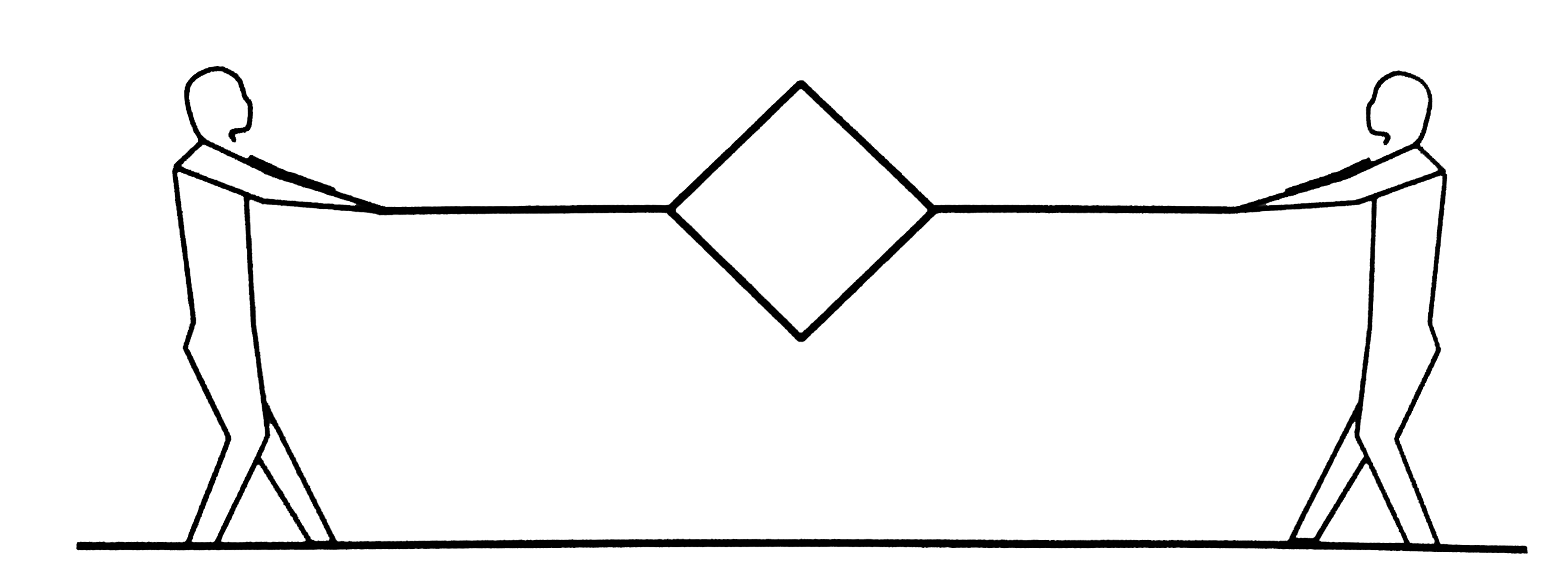Two charges +10μC and +20μC are placed at a. separation of 2 cm. Find the electric potential due to the. pair at the middle point of the line joining the two charges.Solution in Gujrati
Using the equation V=Q4πε0r,thepotentialdue→<br>+ due muCis<br>V_1 = (( 10xx10(-6) C)) x ((9xx10^9 Nm^2 C(-2) ))/(1x10(-2)m) = 9MV.<br>Thepotentialdue→+20 muC is v_2 +((20 xx 10 (-6) C)) xx ((9xx10^ 9 Nm ^ 2 C(-2) )) /1x10 9-2) m = 18 MV
The net potential at the given point is
9 MV + 18 MV = 27 MV.
If the charge distribution is continuous, we may
use the technique of intergration to find the electric potential.
Topper's Solved these Questions
- ELECTRIC FIELD AND POTENTIALBOOK - HC VERMACHAPTER - ELECTRIC FIELD AND POTENTIALEXERCISE - Worked Out Examples
19 Videos
- ELECTRIC FIELD AND POTENTIALBOOK - HC VERMACHAPTER - ELECTRIC FIELD AND POTENTIALEXERCISE - Short Answer
14 Videos
- ELECTRIC CURRENT THROUGH GASESBOOK - HC VERMACHAPTER - ELECTRIC CURRENT THROUGH GASESEXERCISE - Exercises
23 Videos
- ELECTROMAGNETIC INDUCTIONBOOK - HC VERMACHAPTER - ELECTROMAGNETIC INDUCTIONEXERCISE - EXERCISE
9 Videos
Similar Questions
Charges 5.0×−7C,−2.5×−7Cand1.0×10−7C are
held fixed at the three cornners A, B, C of an equilateral triangle of side 10 cm. find the electric force on
. charge at C due to the rest two.
View SolutionThe charge on a proton is +1.6X10(−19)C and that on an electron is −1.6X10(−19)C. Does it mean that the electron has a charge 3.2X10(−19)C less than the charge of a proton?
View SolutionA discharge tube contains helium at a low pressure. A large potential difference is applied across the tube. Consider a helium atom that has just been ionized due to the detachment of an atomic electron. Find the ratio of the distance travelled by the free electron to that by the positive ion in a short time dt after the ionization.
View SolutionShown a metallic square frame of edga a in a vertical plane. A uniform magnetic field B exists in the space in a directon perpendicular to the plane of the figure. Two boys pull the opposite corners of the square ot deform it into a rhombus. They start pulling the corners t t=0 and sisplace the corners at a uniform speed u. (a) find the induced emf in the frame at the instant when the angles at these corners reduce to 60∘. (b) find the induced current in the frame at this instatnt if the total resistance of the frame is R. (c) Find the total charge which flows through a side of the frame by the time the square is deformed into a straight line.

View SolutionTwo charges 10μCand−10μC are placed at points A.andB separated by a distance of 10 cm. Find the electric field at a point P on the perpendicular bisector of AB at. a distance of 12 cm from its middle point.
View SolutionTwo charges +10μC and +20μC are placed at a. separation of 2 cm. Find the electric potential due to the. pair at the middle point of the line joining the two charges.
View SolutionTwo point charges one of +100 muC and another of -400 muC , are kept 30 cm apart. Find the point of zero potential on the line joining the two charges.
View SolutionTwo point charges of +10muC and +20muC are placed in free space 2 cm apart. Find the electric potential at the middle point of the line joining the two charges.
View SolutionThe net electric force on a charge of +3μC at the mid-point on the line joining two charges of magnitude +2μC and −2μC separated by the distance of 6 mm, is
View Solution+5μC एवं −4μC के दो बिन्दु आवेश वायु में 2 m की दूरी पर हैं। दोनों आवेशों को मिलाने वाली रेखा के किस बिन्दु पर विद्युत् विभव शून्य होगा?
View Solution20μC মানের একটি আধান একটি তড়িৎক্ষেত্র তৈরি করে । আধানটি থেকে 10 cm এবং 5 cm দূরে দুটি বিন্দু A এবং B আছে | A বিন্দুটিতে তড়িৎবিভব
View SolutionTwo tiny spheres carrying charges 1.5 muC and 2.5 muC are located 30 cm apart. Find the potential and electric field: (a) at the mid-point of the line joining the two charges, and (b) at a point 10 cm from this mid-point in a plane normal to the line and passing through the mid point.
View SolutionTwo point charges 10 muC and -10 muC are separated by a distance of 40 cm in air. Draw an equipotential surface of the system.
View SolutionTwo point charges +4μCand−2μC are separated by a distance of 1 m in air. Calculate at what point on the line joining the two charges is the electric potential zero.
View SolutionTwo charges 10μCand−10μC are placed at points A.andB separated by a distance of 10 cm. Find the electric. field at a point P on the perpendicular bisector of AB at. a distance of 12 cm from its middle point.
View SolutionTwo charges +10μC and +20μC are placed at a. separation of 2 cm. Find the electric potential due to the. pair at the middle point of the line joining the two charges.
View Solution
